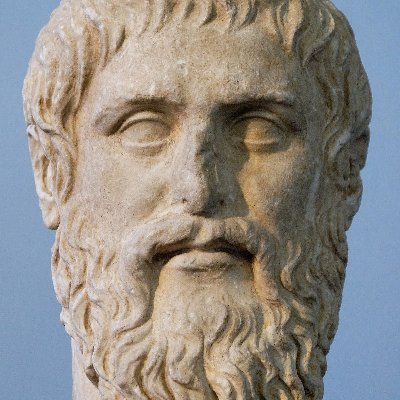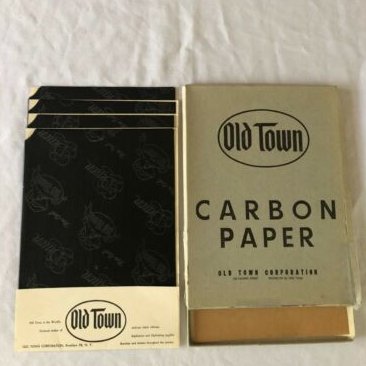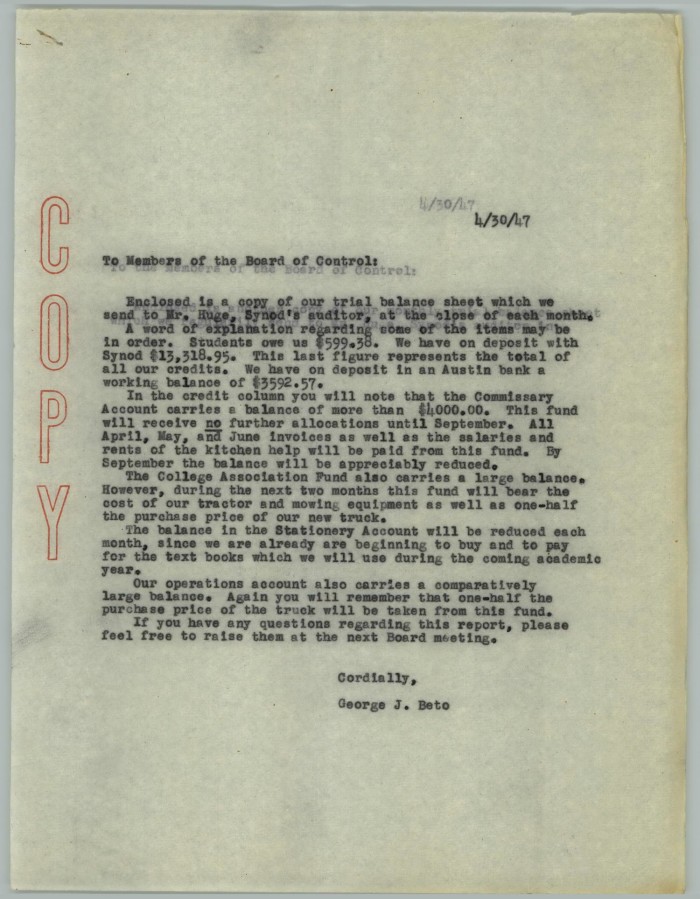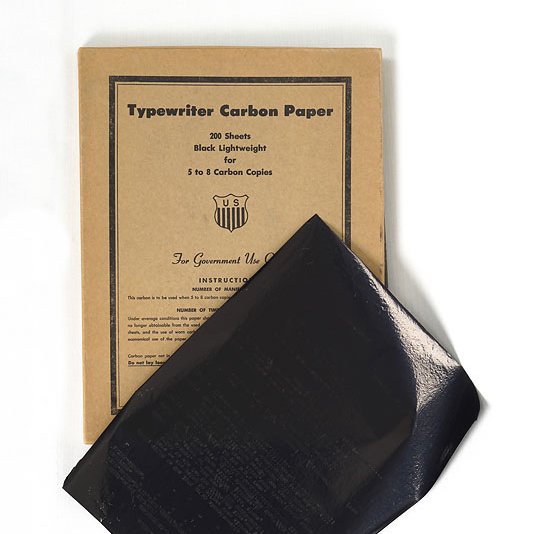When you CC somebody into an email... what are you actually doing?
It stands for Carbon Copy, an old physical process for copying typed documents. People even used to write CC and BCC on letters.
And when the email was invented they simply kept the same terms:










